Meet your robot coach: Here are our predictions for ‘the next big thing’ in training tech for cycling
From real time performance monitoring to training plans created by machine learning – what could be the next smart training tool that you need to know about?
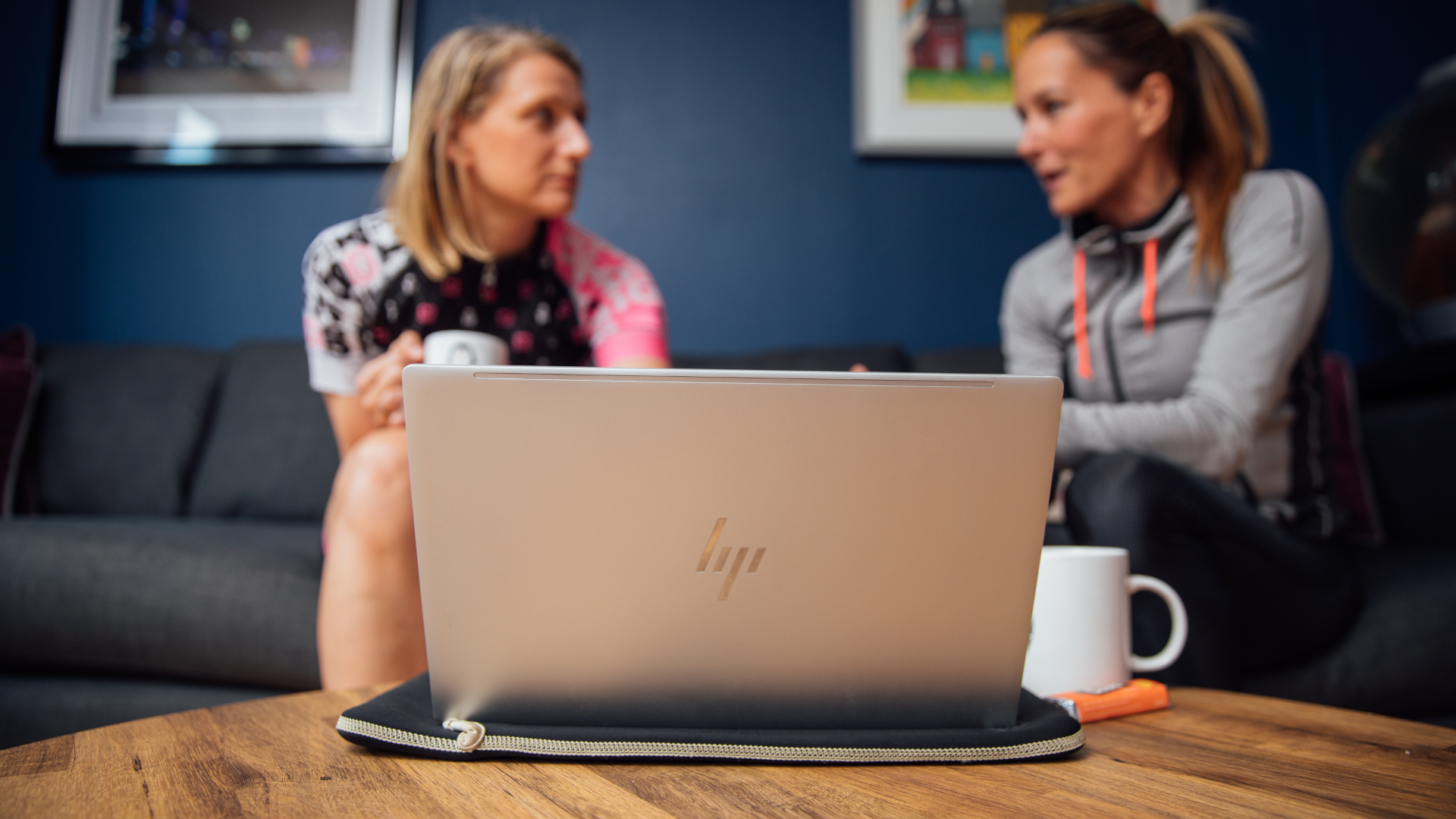
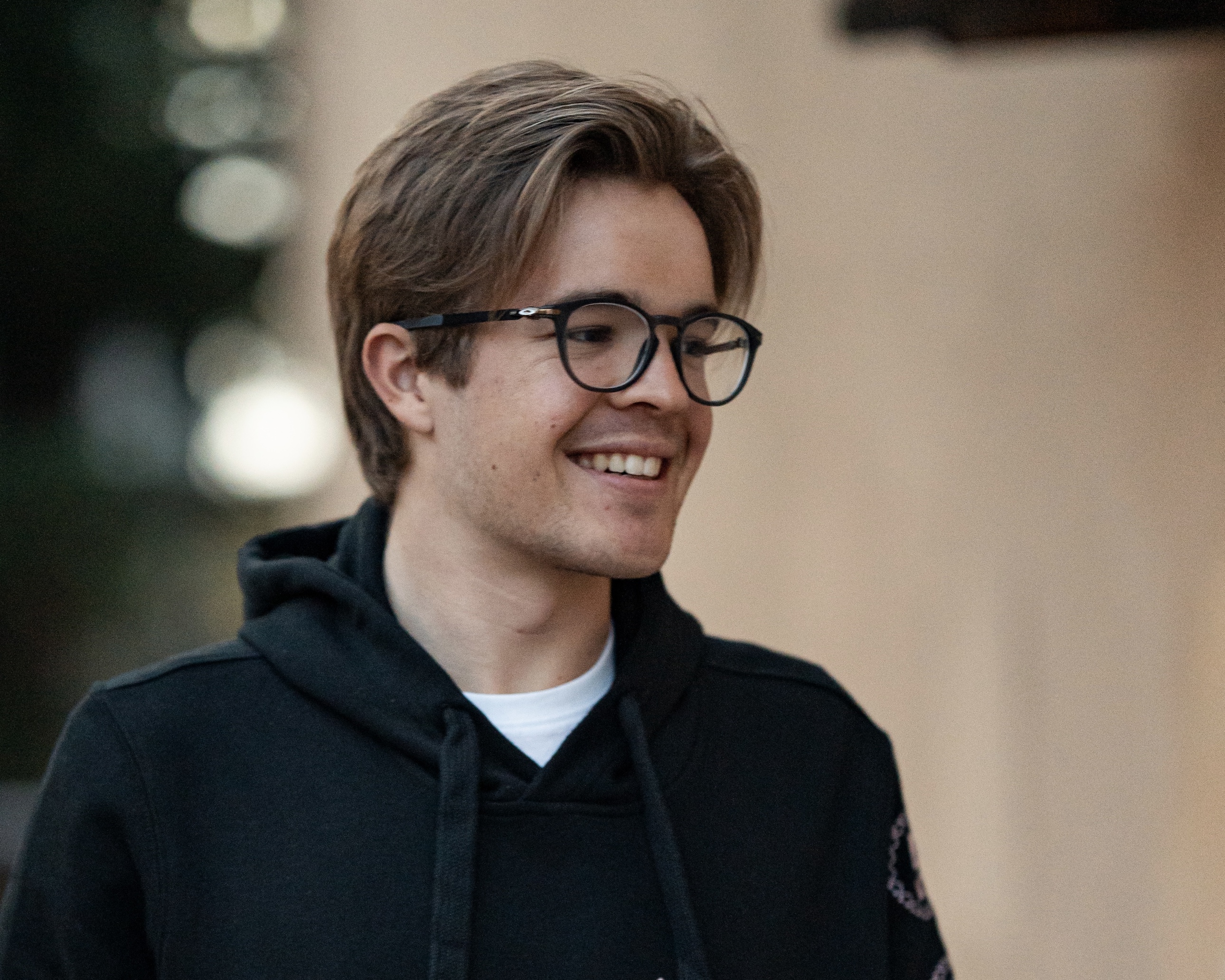
From the introduction of heart rate monitors in the 1980s to the proliferation of power meters during the 1990s and early 2000s, technological breakthroughs have facilitated, if not driven, improvements in training. Just think how motivating and potent virtual training and racing platforms like Zwift have proved, particularly over winter. Top level performance continues to advance and that’s thanks, in large part, to the tech that allows us to train more effectively.
So what’s the next transformative innovation coming down the track?
There are plenty of contenders for the ‘next big thing’: continuous monitors promise to let us keep tabs on everything from glucose to lactate, and there is technology in development to measure your aerodynamic drag as you’re riding.
Thanks to this emerging tech, we have more data points than ever before, giving us greater insight into the human body. The question is, what will be the game changing piece of kit we all end up relying on – and which apparent innovations will turn out to have been mere gimmicks?
Real-time performance tracking
The big idea for the next generation of cycling tech revolves around tracking performance in real time. In the past, we’ve measured resting heart rate when waking up, visited a lab to study lactate threshold, or headed to a wind tunnel to test aerodynamic drag. In 2022, we are getting closer to being able to take all these measurements continuously, using small devices mounted on our bodies.

The most accessible form of this tech is the wearable device such as one of the best smartwatches for cycling that allow us to track sleep and heart rate, giving us a score for our exertion and effective recovery after riding – but this is just scratching the surface.
Glucose
Get The Leadout Newsletter
The latest race content, interviews, features, reviews and expert buying guides, direct to your inbox!
Consider the next level of monitoring, for example the Supersapiens device, a blood glucose monitor launched in late 2020. Its circular sensor is stuck onto the upper arm, beneath which a 5mm long filament, the width of a couple of hairs, pokes through the skin while the unit sends blood glucose readings to an app on your phone or head unit – clever stuff. According to Supersapiens, being attentive to glucose fluctuations “means staying in the zone, improving recovery, and fuelling smarter.” It’s a bold claim that isn’t universally accepted,
In a blog on his website, physiologist Dr Thomas Solomon explains that his research on CGM has led him to conclude that, “at present, no evidence supports the notion that knowing your [real-time] glucose levels during exercise will increase your performance”. He goes as far as stating that, “CGM for [non-diabetic] athletes is all hype.”
When we put these criticisms to Supersapiens, they responded as follows: “We think that the use of CGM might improve and advance what we already know [about fuelling in sport] and what should be the basis for the first line of nutritional recommendation around exercise. From preliminary evidence, we don’t know if high circulating glucose makes you faster, but it does seem present in many elite performances and similarly, low glucose seems prevalent in many poor performances. Increasing glucose availability for the working muscle, via a higher interstitial concentration, especially in circumstances of low muscle and liver glycogen levels and when performance lasts more than 80 minutes [in research studies] did show potential improvements in exercise capacity and tolerance.” Further studies on CGM are under way, and it will be interesting to see how its use develops (or declines) in pro cycling. For now, the jury is out, but the potential of real-time monitoring is garnering more and more attention.
Body temperature
What about body temperature? Core Technology has developed a small unit designed to be stuck on the skin or attached to a heart rate sensor band to track an athlete’s core body temperature. Riders use the Core to better understand heat stress and its impact on performance. Anna Kiesenhofer, the winner of the women’s Olympic road race, used the Core in her preparation for the very hot race in Tokyo, as did men’s race winner Richard Carapaz. The usefulness is clear: avoiding overheating is critical for any athlete training or racing in hot climes, and each rider has their own level of tolerance.
Hydration
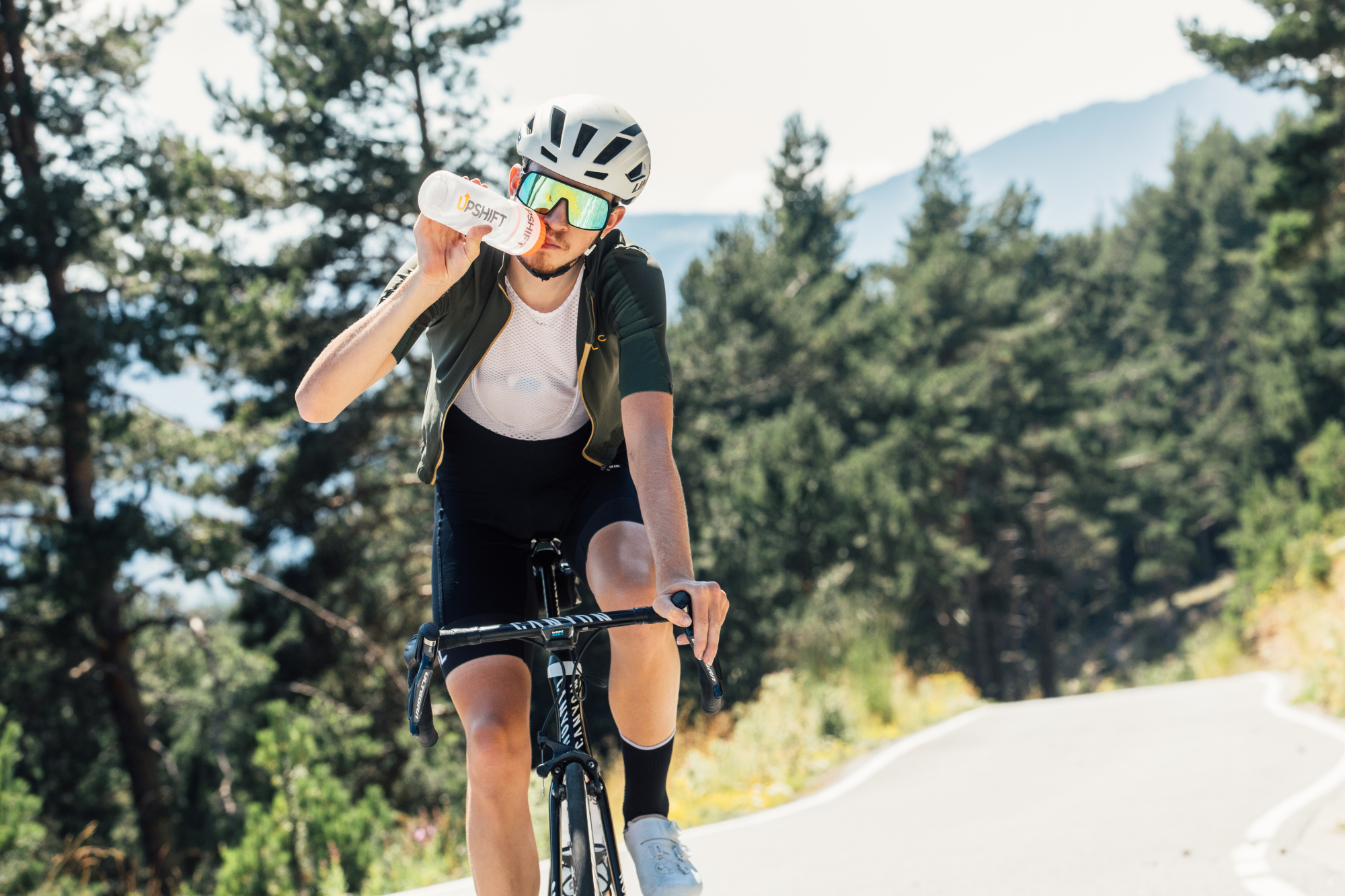
FlowBio is another new piece of technology that uses a non-invasive patch. It has a sweat capture system to wick sweat from the skin and assess the biomarkers contained. Once the sweat is analysed, recommendations are given via an app on how best to adjust your hydration strategy. This could be as simple as “drink 1,000ml of water before you exercise” – but if it helps improve habits, the gains could be significant.
Aero
Imagine bringing a wind tunnel onto the road; you could see in real time your coefficient of aerodynamic drag (CdA). This is the aim of BodyRocket, which allows riders to attach three sensors to their bike, at the handlebars, saddle and pedals, to directly measure drag, similar to the technology used in a wind tunnel. The system is in its infancy, however, and is not yet available to consumers, so has not yet been independently tested or reviewed.
More numbers to crunch
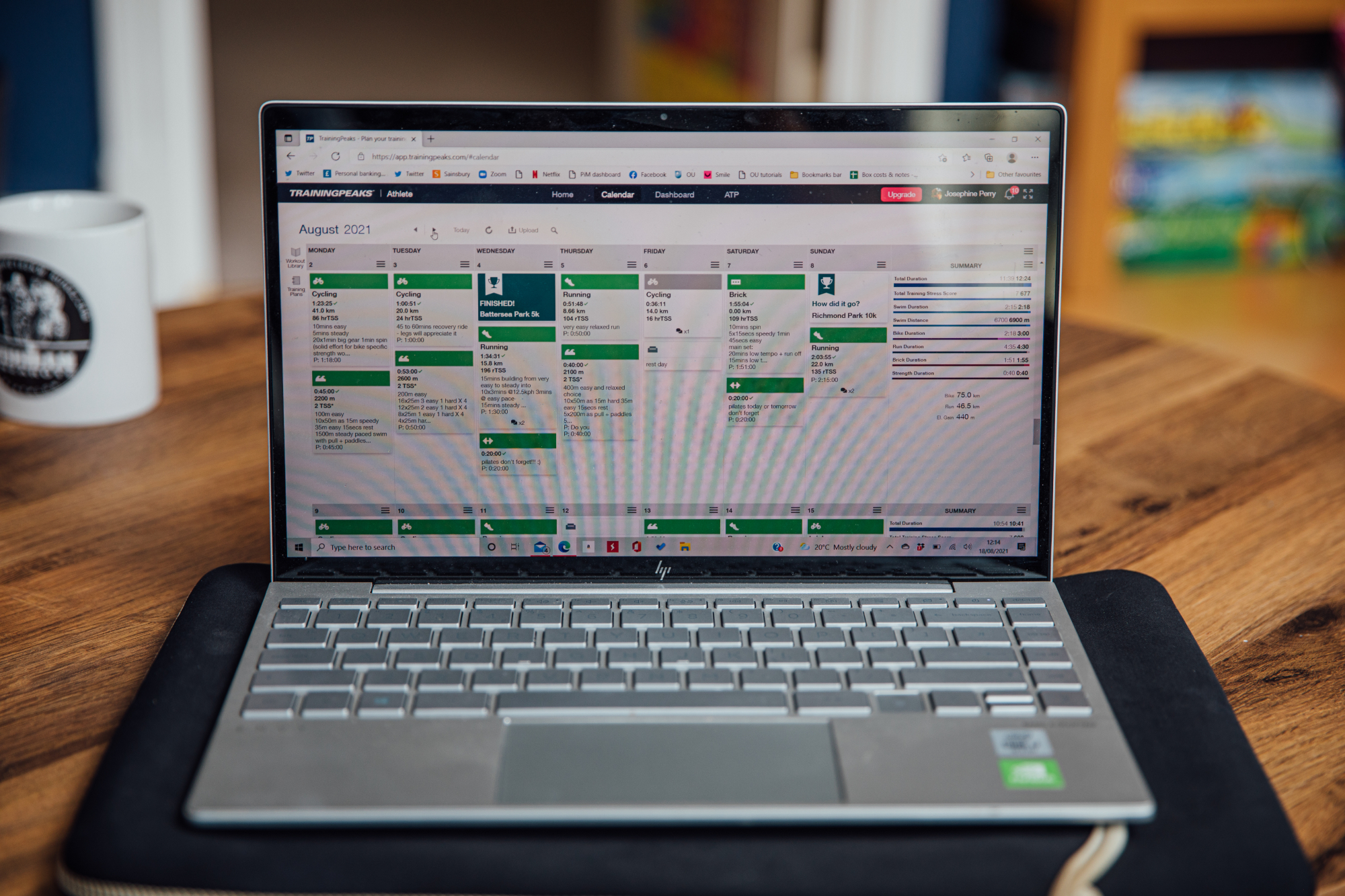
Current cycling computers show power, heart rate, distance, time, and even average power and kilojoules expended. What additional metrics will the devices of the future be displaying?
A futuristic head unit could detect that you’re on a slippery slope to a bonk and notify you that you need to consume an energy gel; that you’re in danger of overheating and need to cool off; or that tucking in your elbows could save you a few watts. And bear in mind, that futuristic head unit might not be a head unit at all – it could be integrated into your sunglasses, Robocop-style.
It’s a common storyline in sci-fi movies: artificial intelligence (AI) getting so smart and powerful that it takes over the world. More modestly, does it have the capability to take over from our cycling coaches? In its simplest form, AI combines computer science and robust datasets to enable problem-solving. In theory, we could use AI to recognise patterns in our training responses, unlock physiological mysteries and create the ultimate personalised cycling training plan.
Machine learning is already being used by Spoked, an online cycling coach, to build custom training plans. Spoked automatically adapts a rider’s training on the accumulating basis of every ride they complete. Its AI ‘brain’ analyses both ride data and personal feedback, functioning almost like a coach.
Spoked’s founder, Australian former pro rider Richard Lang, believes that using AI will allow us to have a greater understanding of the impact of our training. “Fundamentally, riders and coaches want to understand if the training we’re doing is moving the needle in the right direction. The role of AI will make data more accessible and insightful, which will allow us to make better training decisions.” And it’s not only about physiological data, he explains. “We know that, to perform at our best, no matter what level we’re at, we need to be mentally happy and strong. So for me, AI is about unlocking the mental capabilities we possess – this is an untapped opportunity that over the next decade AI will have the most impact on.”
It must be noted that AI is in its infancy, and we don’t yet know whether a machine can match or surpass a human coach. While technology is now available that can collate information from myriad data sources and turn it into scores, plans and guidelines, there is still no substitute for personal feedback – how you are feeling matters just as much as it ever did. Constructing a plan on data alone is risky, as a singular anomaly or glitch in the algorithm could undermine the whole plan and even be counterproductive.
Physiological dashboard
Thanks to emerging data-collection technology, it’s theoretically possible for a WorldTour team to analyse their riders’ performance and physiology in real time – almost like in Formula One racing. If, say, UAE Team Emirates noticed that Tadej Pogačar’s glucose levels were on a negative trend, they would be able to tell him via the radio to eat a gel; similarly, if they noticed his core temperature rising, they could tell him to drink or knock off his effort for a while. Having the cycling equivalent of a ‘pit wall’ would make the controllables even more controllable – and arguably turn humans into robots. While it would represent a technological advance, some would argue that handing over so much of the decision-making to machines would be positively dystopian.
Currently the UCI does not allow real time monitoring of metabolic parameters during races. While devices that measure sweat rate, body temperature and heart rate are allowed, the governing body’s guidelines state: “Devices which monitor other physiological data, including any metabolic values such as but not limited to glucose or lactate, are not authorised in competition.” UCI innovations manager, former professional cyclist Mick Rogers said: “Fans don’t want to see Formula One in bike racing; they want surprises, they want unpredictability… We feel that putting such powerful information into the hands of younger riders is taking away the skill of deciding when you need to eat and learning about your body.”
The most important technological developments of recent years revolve around data – and data requires interpretation. Performance benefits only come when an athlete is able to apply this data to tailor how they train and/or race. And if you need a team of experts to interpret and act upon it, who will benefit except those at the top level of the sport? Accessibility – in terms of information and affordability – is the greatest barrier to this trickling down to regular riders.
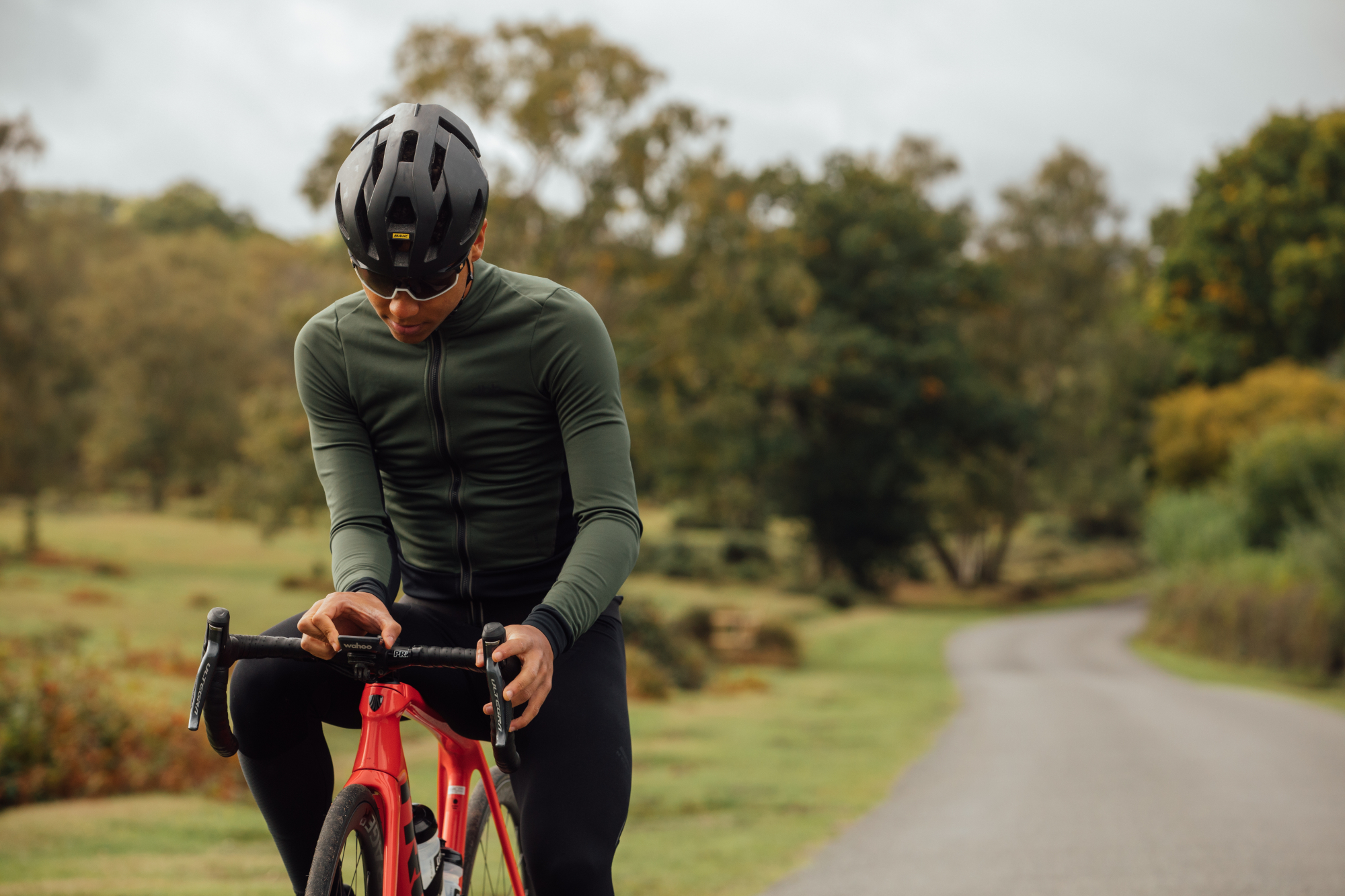
What is the point in having real-time CdA and CGM monitors on your head unit if most cyclists don’t even know what the acronyms mean, let alone how to interpret the figures? Power meters have been growing in popularity and are now used by most serious amateurs, with demonstrable benefits to their training – but this has only been possible because they have gradually, over 30 years, become affordable and relatively easy to use and interpret. Will the latest generation of real-time monitors of metabolic markers take as long to catch on? Only time will tell.
Tech’s relentless march
There is no doubt that training technology is going to continue to develop. A mere decade ago it was unusual to see a GPS head unit on a bike. Now we are able, in theory at least, to analyse the effect a piece of cake at a cafe stop has on our blood sugar and subsequent performance. The potential of real-time data and artificial intelligence is huge, but exactly how much it’ll change the way we train is, as yet, unclear. Will we look back in 20 years’ time and shake our heads as to why we weren’t doing X,Y and Z earlier?

As a professional cyclist, I’m all for anything that will make me perform better – I strive to be forward-thinking and embrace innovation. My biggest gripe with the current advancements in technology is that most of them revolve around data collection. How would it alter my performance if a machine attached to my body was monitoring my temperature, blood glucose, lactate, sweat and aerodynamic drag all at the same time and feeding me reactive advice in real time? I honestly don’t know – and there’s a part of me that loves the unpredictability of elite sport and feels that riders should be judging their effort through their own intuition and experience.
We must also remember that the human body will remain uniquely complex and unpredictable; sometimes it does things that are completely unexpected and impossible for a machine to preempt or helpfully interpret. The beauty of our sport is that there remains a mystique around who will be the best rider on the day – something that no amount of tech will ever be able to change. The outcome of a race is not only determined by measurable physiological parameters but also by the winning rider’s courage, passion and panache – and luckily for us, that’s something that no mere device will ever be able to change.

Thank you for reading 20 articles this month* Join now for unlimited access
Enjoy your first month for just £1 / $1 / €1
*Read 5 free articles per month without a subscription

Join now for unlimited access
Try first month for just £1 / $1 / €1

Joe Laverick is a professional cyclist and freelance writer. Hailing from Grimsby but now living in Girona, Joe swapped his first love of football for two wheels in 2014 – the consequence of which has, he jokes, been spiralling out of control ever since. Proud of never having had a "proper job", Joe is aiming to keep it that way for as long as possible. He is also an unapologetic coffee snob.
-
 Deuter's 30ltr commuter backpack
Deuter's 30ltr commuter backpackA rolltop bag to fit a change of clothes and a sandwich. And keep them dry
By Simon Richardson Published
-
 The thing that bothers me most when I look back at old school training is that right now we’re doing something equivalently misguided
The thing that bothers me most when I look back at old school training is that right now we’re doing something equivalently misguidedOur columnist's old training diaries reveal old-school levels of lunacy
By Michael Hutchinson Published